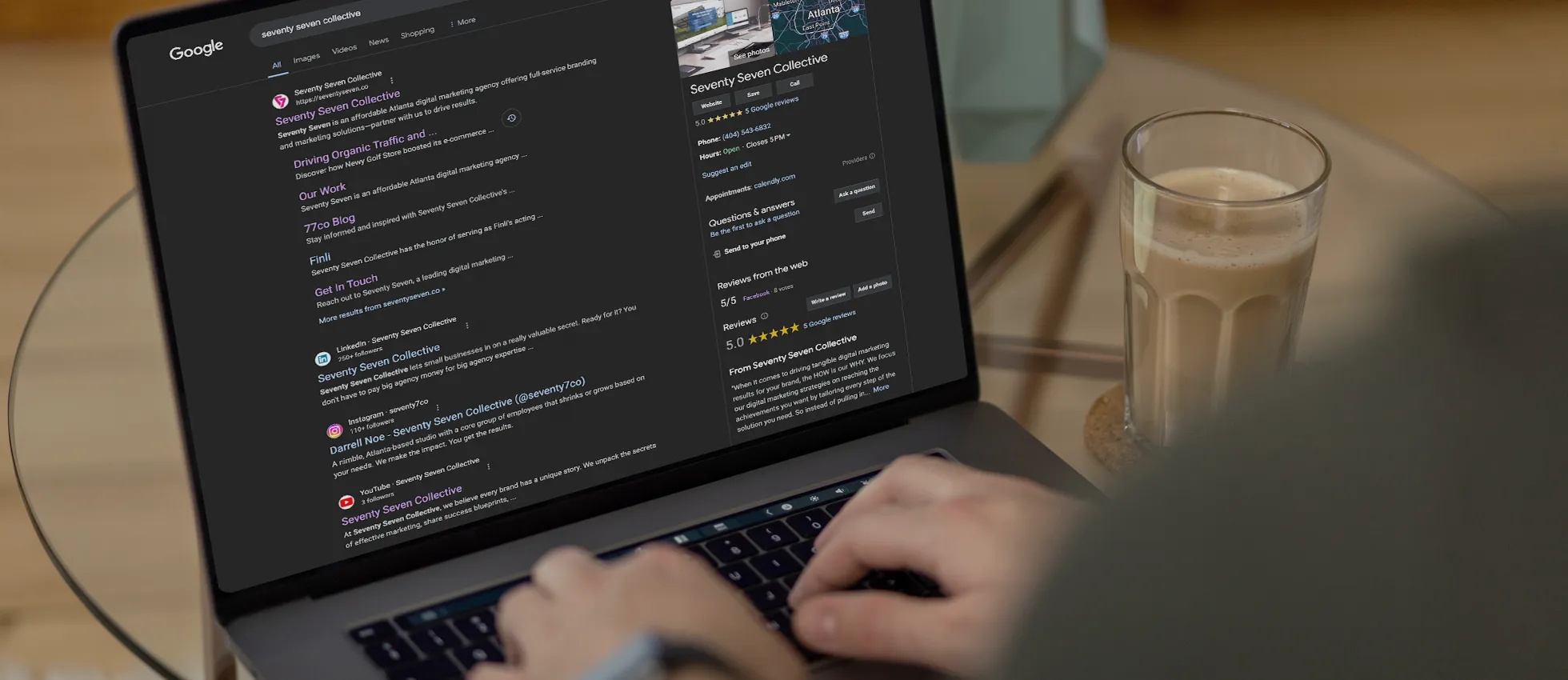
Companies that blog regularly get 55% more website visitors and 97% more inbound links than those that don't.
You can do it without spending a single cent! This blog dives into some well-known and lesser-known SEO secrets that can boost your website’s visibility. Grab your gear; this is going to be a rewarding journey.
Content: The Crown Jewel
First, let’s talk about content. When it comes to SEO, content is king. But not just any content—it has to be original, valuable, and relevant to your audience. According to a study by HubSpot, companies that blog regularly get 55% more website visitors and 97% more inbound links than those that don’t.
Creating Valuable Content
So, what makes content valuable? It should engage, answer questions, and solve problems for your audience. Create a buyer persona to understand who your audience is and what they need. Tailor your blog posts, articles, and case studies to this persona. Keep your content fresh and original, and you’ll see Google start to take notice. Example: If you run a fitness website, instead of generic advice like “exercise regularly,” delve into specific, actionable tips such as “The 10 Best Morning Workouts for Busy Professionals.” This specificity adds value and relevance.
Keywords: Your Compass
Keywords are your navigational tool in the vast ocean of Google’s algorithm. However, it’s not just about stuffing your content with keywords. It’s about using them strategically. According to Moz, using keywords in your title tag and throughout your content can significantly impact your search rankings. Research and Integration Start with thorough keyword research. Use tools like Google Keyword Planner or Ahrefs to find what your audience is searching for. Ensure these keywords align with your buyer persona. Integrate them naturally into your content, titles, and meta descriptions.
Example: For a blog post titled “The Ultimate Guide to Vegan Baking,” potential keywords could include “vegan baking tips,” “plant-based baking,” and “dairy-free dessert recipes.” Use these keywords seamlessly within your content.
Mobile-Friendliness: A Must
By today’s technology standard and expectation, your website must be mobile-friendly. According to Statista, mobile devices accounted for 54.8% of global website traffic in the first quarter of 2021and this statistic grows every year with the advancement of mobile devices and accessibility. Google prioritizes mobile-friendly websites in its rankings.
Ensuring Mobile Compatibility
Test your website on various devices to ensure it’s responsive. Tools like Google’s Mobile-Friendly Test can help diagnose any issues. A responsive design means your website adapts to different screen sizes and provides a seamless user experience.
Example: A retail site should ensure that its mobile version has easy navigation, quick load times, and a straightforward checkout process to enhance the user experience and reduce bounce rates
Speed: The Need for Speed
Website speed is crucial. According to Google, as page load time goes from one second to ten seconds, the probability of a mobile site visitor bouncing increases by 123%. Slow websites not only frustrate users but also suffer in search rankings.
Improving Page Speed
Use Google’s PageSpeed Insights to identify issues slowing down your site. Optimize images, minimize code (especially JavaScript), and consider using a Content Delivery Network (CDN) to speed up content delivery.
Example: Compress images using tools like TinyPNG, streamline your HTML and CSS, and leverage browser caching to improve load times significantly.
Link Strategy: Connecting the Dots
Links are crucial for SEO. They act as pathways connecting your website to the broader internet. There are two types: inbound (backlinks) and outbound links. Backlinks from reputable sites act as votes of confidence, boosting your credibility.
Building a Strong Link Strategy
Focus on quality over quantity. Seek backlinks from authoritative websites related to your industry. Use tools like Ahrefs to identify potential link opportunities. Outbound links to high-quality sites show Google you value your users’ experience.
Example: If you run a tech blog, link to reputable sources like TechCrunch or Wired when referencing industry data. Reach out to these sites for potential guest posting opportunities to earn backlinks.
Social Signals: Amplify Your Reach
While social signals may not directly impact rankings, they increase visibility and traffic, which Google notices. Sharing your content on social media platforms can drive engagement and attract more visitors to your site.
Leveraging Social Media
Create shareable content and encourage your audience to share it. Engage with your followers, respond to comments, and foster a community around your brand. Platforms like Facebook, Twitter, and LinkedIn can amplify your reach significantly.
Example: If you publish a comprehensive guide on sustainable living, promote it across social media with engaging snippets and visuals. Encourage your followers to share their sustainable practices, creating a community-driven conversation.
Metadata: The Wizards Behind the Curtain
Metadata might sound complex, but it’s simply the information that tells search engines what your web page is about. Your title tags and meta descriptions are the billboards on the internet highway.
Crafting Effective Metadata
Ensure your title tags and meta descriptions are catchy, include relevant keywords, and accurately represent your content. Entice users to click through to your site, improving your click-through rate (CTR).
Example: For a blog post on “The Health Benefits of Green Tea,” a compelling meta description could be: “Discover the numerous health benefits of green tea, from boosting metabolism to enhancing brain function. Read more for tips on how to incorporate green tea into your daily routine.”
Keep Climbing
Congratulations, friends! You’ve just mapped your route to the top of Google without spending a cent. Remember, the journey to the summit is ongoing. Keep optimizing, keep creating, keep indexing, and keep climbing. The view from the top is worth every step. If you’ve found value in our adventure today, share this blog, subscribe, and join us for more digital explorations. Here’s to your success—see you at the peak!


